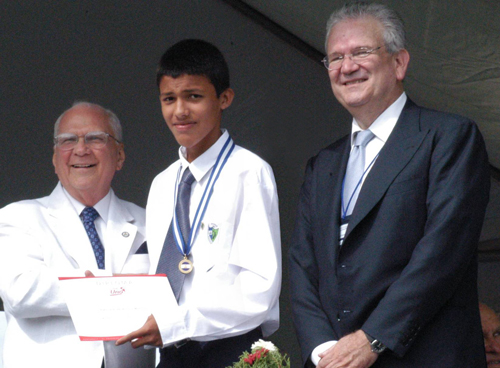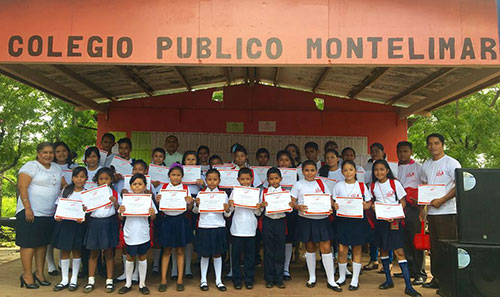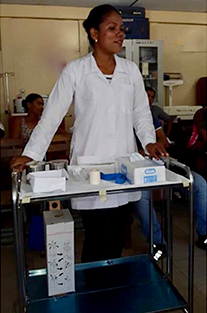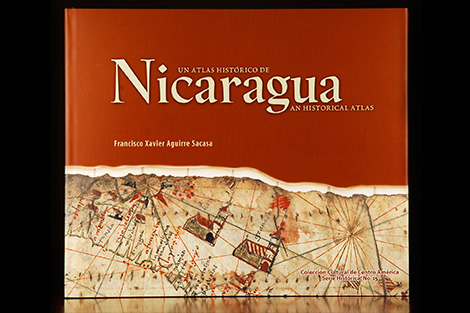History and Our Focus

Grupo Financiero Uno’s commitment to social and corporate responsibility led to the creation of Fundación Uno, a non-profit organization. Since its founding in 1998, the institution has been dedicated to improving the well-being of those in need in Central America.
In 2007, after the sale of Grupo Financiero Uno to Citigroup, the organization became a family foundation, maintaining its desire to contribute to the personal, economic, and cultural growth of the Central American community.
Today, the foundation continues to carry out its mission by creating and sponsoring programs in education, health, conservation of the environment and the preservation of culture, which provide tangible and lasting benefits.
Our Focus
Education
Committed to promoting academic excellence throughout the region, the programs in this area are:
- Teacher Training – “Developing Skills”
- Jóvenes Talento – “Developing Future Leaders”
- CODE- FU – “Creating New Opportunities”
- Chispa – “Interactive Math Program”
- Portal de Matemática – “Studying Math”
- CDI – “A Better Future for Our Children”
- Soy Uno – “Promoting Academic Excellence”
- Espacios Para Crecer – “Substituting Child Labor with Activities”


Conservation of the Environment
Devoted to protecting our environment and safeguarding natural habitats:
- Reforestation of Rivas – “Sowing the Seeds of Our Future”
- Anita Holmann Botanical Garden – “Restoring Fruit Trees in Nicaragua”
- School Gardens – “Healthy Eating Habits”
Health
Dedicated to improving health and well-being in our region through the following programs:
- Enfermería de Hoy! – “Improving Our Health”
- TeenSmart – “Empowering Our Youth”


Culture
Preserving our history and culture by publishing literary works that define, affirm and strengthen our identity:
- Colección Cultural – “Preserving Our History and Culture”